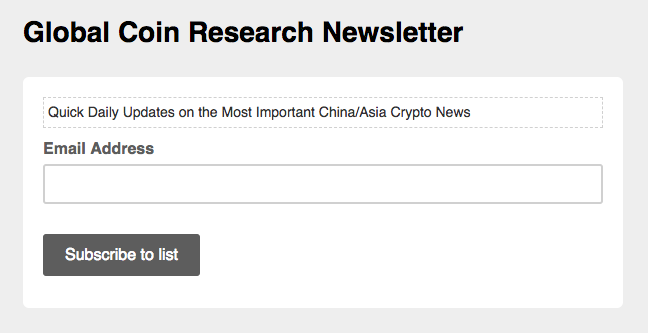How Wechat and Alipay are used in the China’s Cryptocurrency World
You may have heard of Wechat, created by a company called Tencent. Wechat is a messaging platform that people use for with businesses and personal life alike. But do you know how it’s really used by the Chinese people in Cryptocurrency? Here are some real life examples:
- Wechat used for cold- encounters and new introductions?—?when you meet someone, in a booth at a conference, through an introduction from a colleague, you add them on Wechat through scanning their QR code. (This is equivalent to adding them on facebook AND getting their number, and you can do it with execs, grandmas, anyone you meet). There is no such thing in China as“oh, I just met you but I don’t know you enough so I don’t feel comfortable adding you on Wechat and I don’t want to intrude your privacy”. NO SUCH THING. So if you ever see a number of people surrounding somebody, and they have their phones out, you know they are adding them to WeChat, so you should go up there and do it to:

- Wechat used for individuals or companies to publish exclusive content or announcements to a group of people (up to 500 people). These WeChat conversations often then are also copied and screenshot and sent to the media or shared to others, as I am doing hereL

- Wechat used to move markets. Groups of strangers form Crypto chat rooms to buy and sell coins together: These groups of people (up to 500 people in a chatroom max) talk about coins and other news. Some of them attempt to move the markets together and give advice on what to buy and sell, some of them are less sophisticated.
Alipay
Despite the ban on trading coins, there is still off- exchange transactions going on in Alipay, or Alibaba’s mobile payment app. The China National Internet Financial Risk Technology Platform have been able to monitor off -exchange bitcoin transactions and trace them to user accounts. Among them, off-exchange transaction monitoring shows user IDs and payment methods. Alipay accounts for almost one-third of these off-exchange transactions.
Below is a video from youtube on how that is happening using Wechat and Alipay (a little unpolished, but insightful nonetheless)
What more would you like to learn about China/Asia Cryptocurrency? Feel free to leave comments below or message me directly.
To get the latest alerts on China and Asia Cryptocurrency happenings, subscribe to our newsletter below. It’ll be a quick, hassle-free update to your inbox daily.














